Fascinating details and trivia about our solar system
Welcome to the vast and fascinating realm of our solar system, a cosmic neighborhood teeming with wonders. From the blazing sun at its heart to the icy edge of the Kuiper Belt, each celestial body plays a unique role in this intricate cosmic dance. Our solar system is a dynamic assembly of planets, moons, asteroids, and comets, all bound by the gravitational pull of the sun, creating a harmonious yet complex family.
The Sun: Our Life-Giving Star
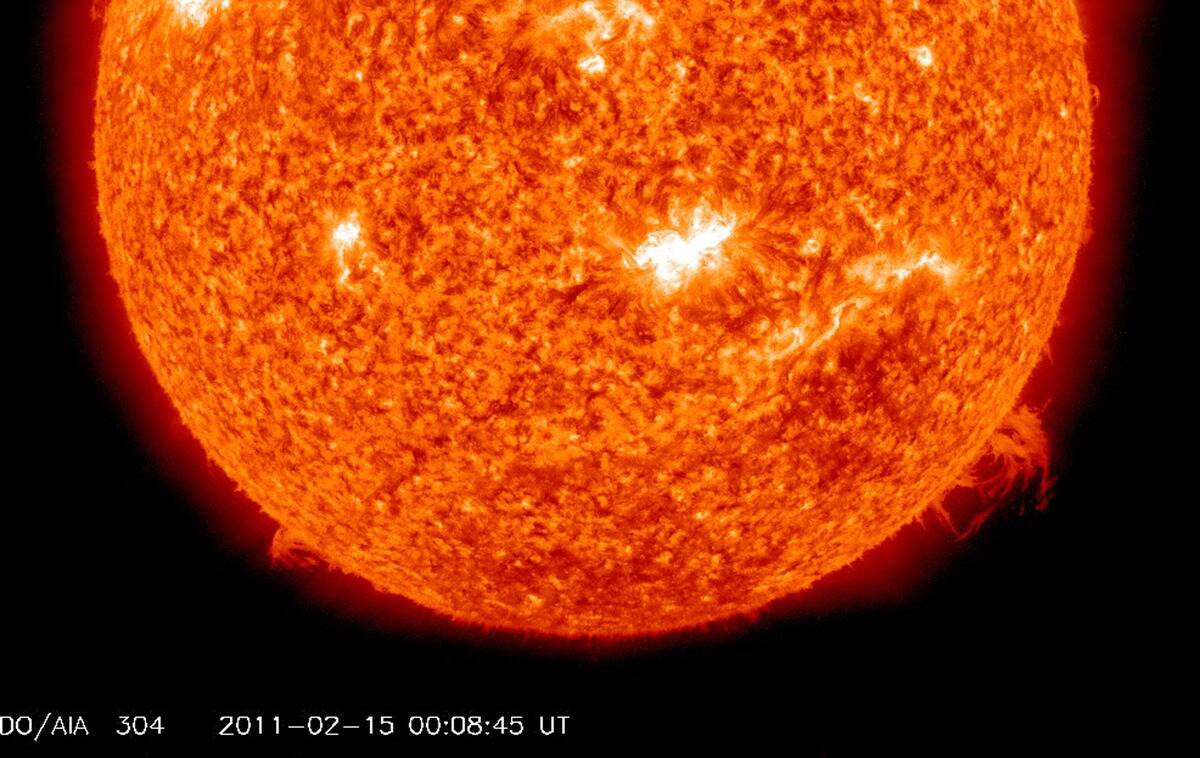
At the center of it all is the sun, a massive ball of plasma that provides the energy essential for life on Earth. This G-type main-sequence star, or yellow dwarf, is about 4.6 billion years old and accounts for 99.86% of the solar system’s mass. Its gravitational pull keeps the planets in their orbits, and its light and heat drive the climate and weather patterns of our home planet, Earth.
The Sun’s Structure: A Fiery Layer Cake
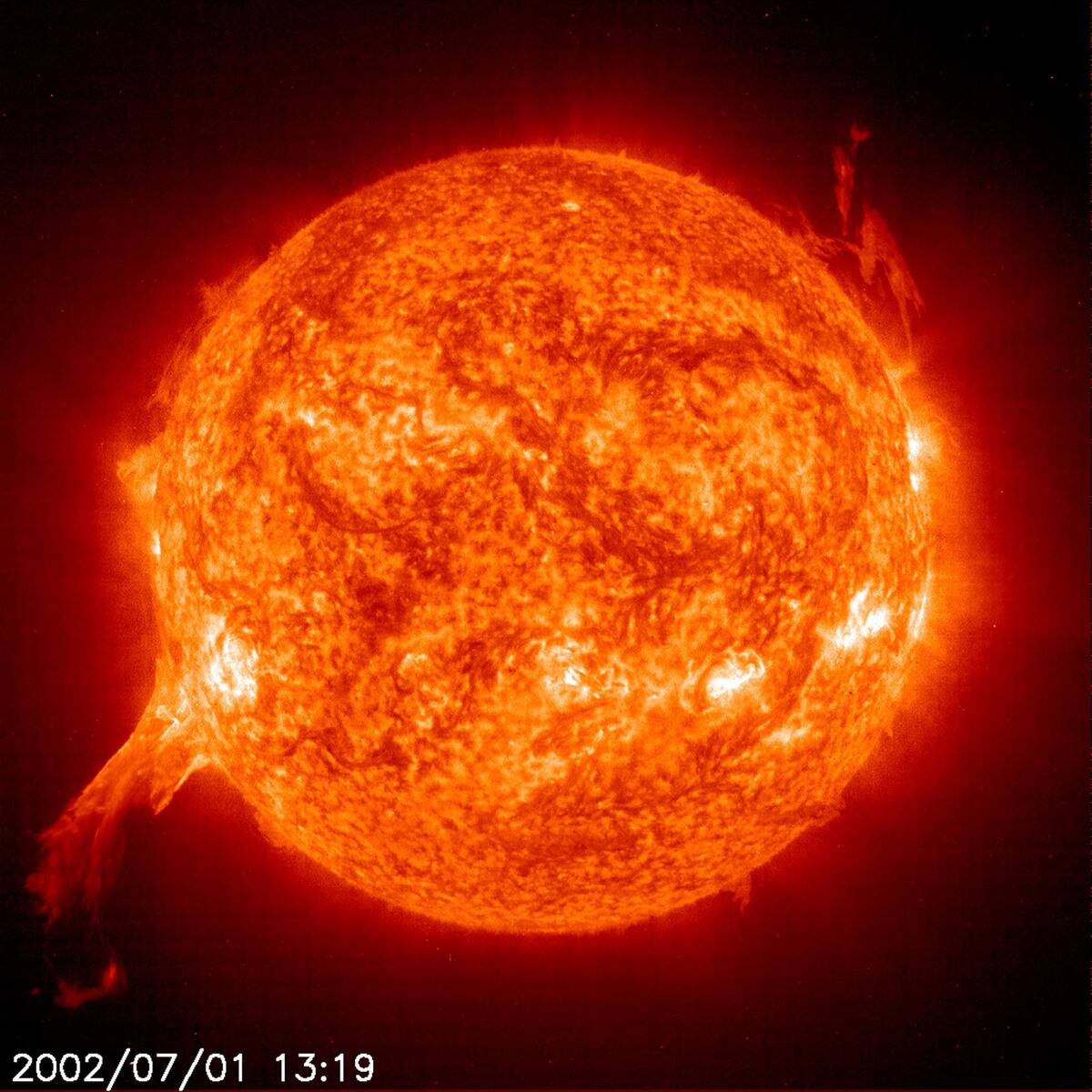
The sun is structured in layers like a cosmic cake, each with its own purpose. At the core, nuclear fusion occurs, converting hydrogen into helium and releasing energy. Surrounding the core is the radiative zone, where energy moves outward in the form of radiation. Above that lies the convective zone, where hot plasma rises, cools, and sinks. The outermost layers, the photosphere, chromosphere, and corona, are where we see sunlight and experience solar phenomena.
Solar Flares: The Sun’s Dramatic Outbursts
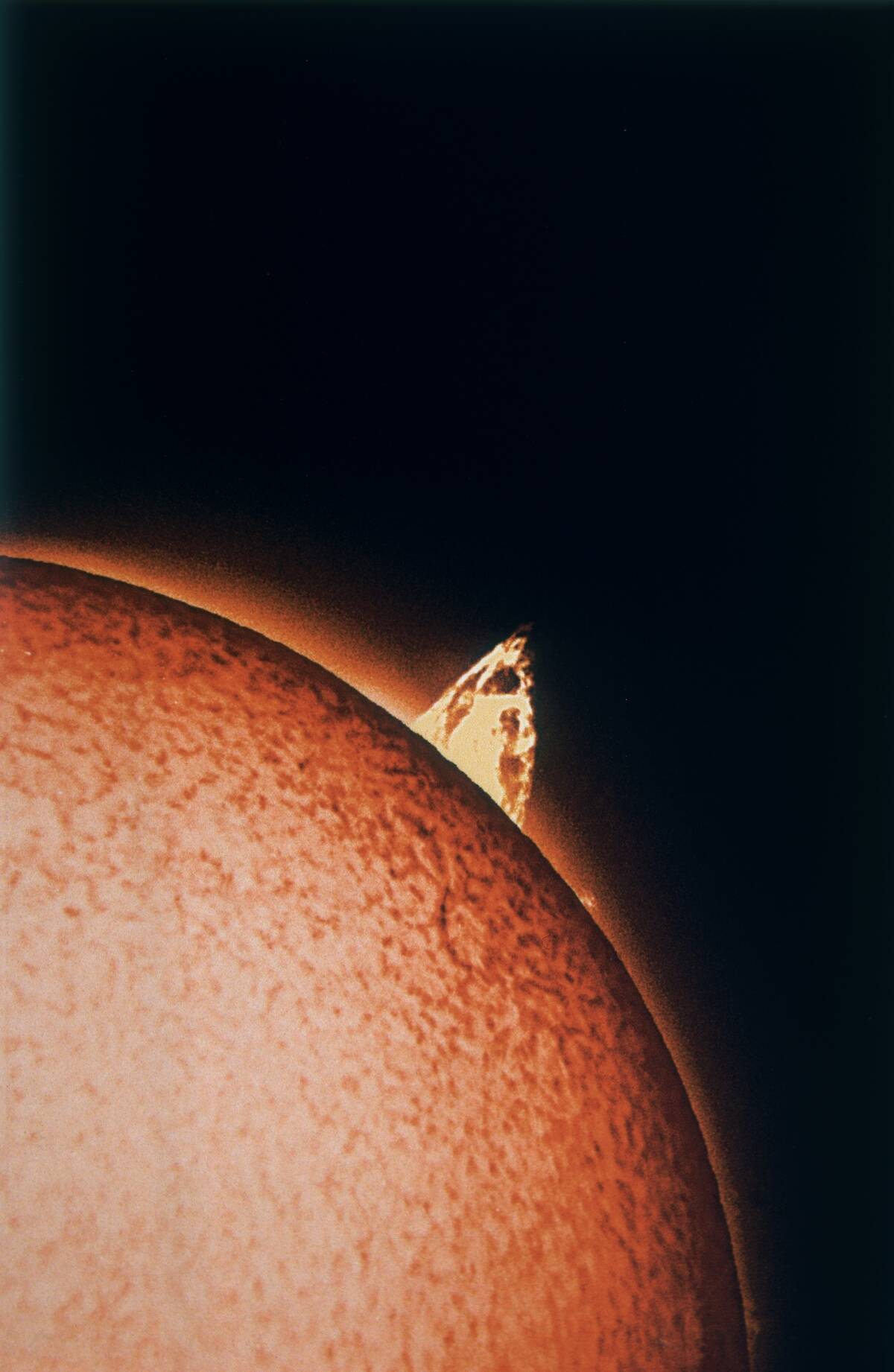
Solar flares are the sun’s dramatic outbursts, releasing intense bursts of radiation into space. These flares occur when magnetic energy built up in the sun’s atmosphere is suddenly released. They can impact our planet by disrupting communications and power grids, as well as producing beautiful auroras. The most powerful flares, known as X-class flares, can even pose risks to astronauts and satellites in space.
The Sun’s Role in Eclipses: A Celestial Dance
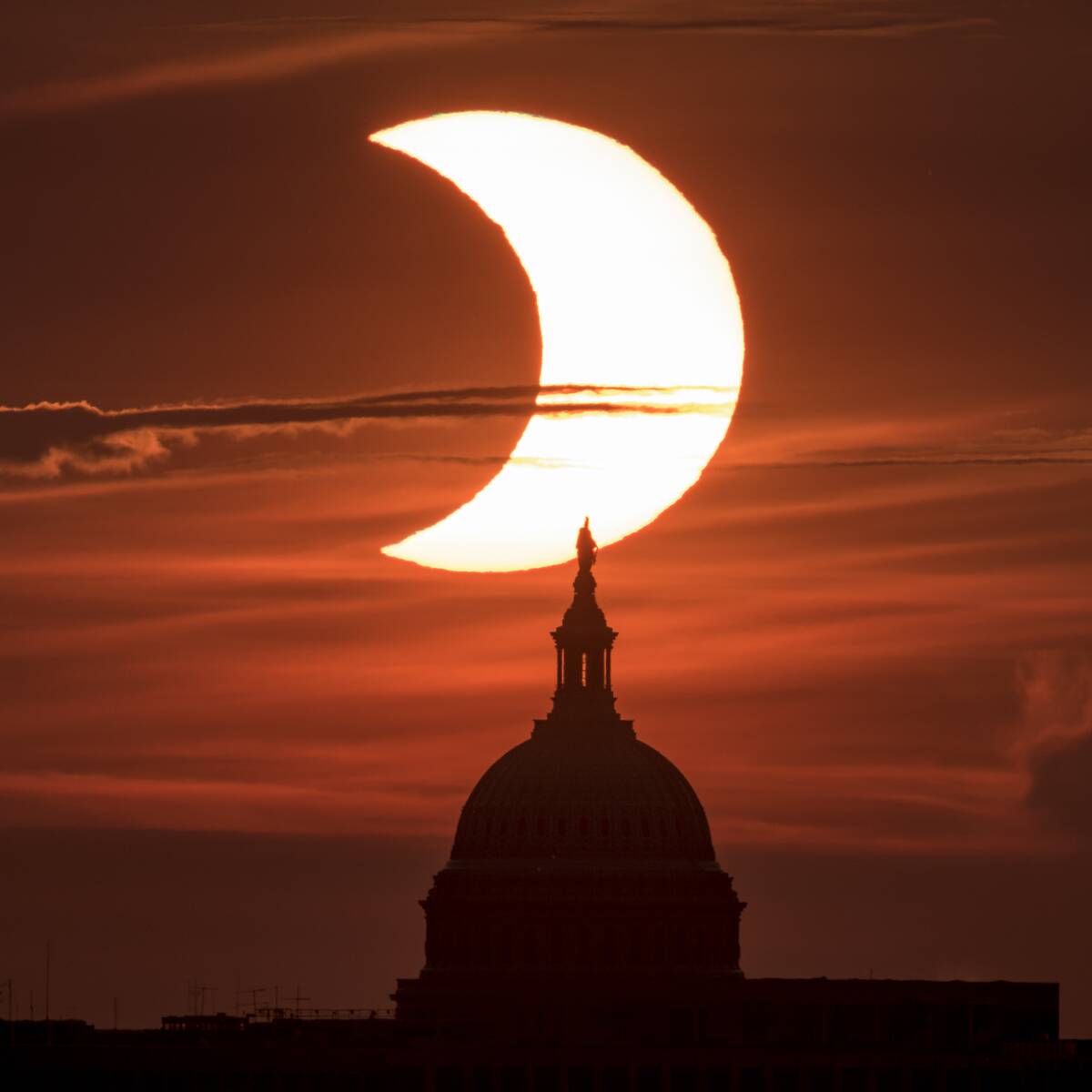
Eclipses are one of the most awe-inspiring spectacles in the sky, and the sun plays a starring role. A solar eclipse occurs when the moon passes between Earth and the sun, casting a shadow on our planet. During a total solar eclipse, the moon completely covers the sun’s face, revealing the sun’s corona. These events allow scientists to study the sun’s outer atmosphere and provide a stunning visual treat for observers on Earth.
Mercury: The Swift and Scorching Planet
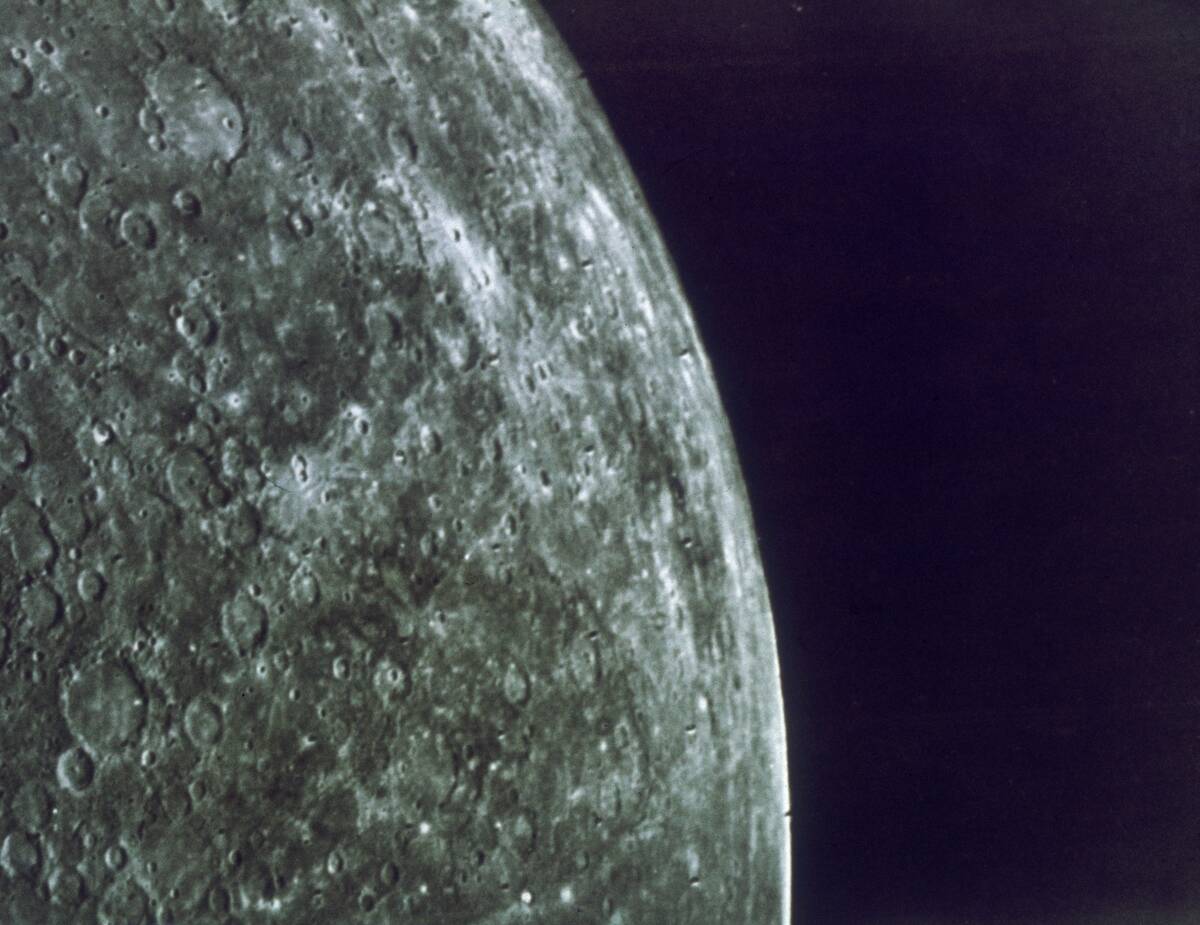
Mercury, the closest planet to the sun, is a swift and scorching world. It orbits the sun every 88 Earth days, making it the fastest planet in our solar system. Despite its proximity to the sun, Mercury’s temperatures can swing drastically from a searing 800°F (427°C) during the day to a frigid -290°F (-179°C) at night. Its surface is covered in craters, reminiscent of Earth’s moon, due to a lack of atmosphere to slow down incoming meteoroids.
Venus: Earth’s Fiery Twin
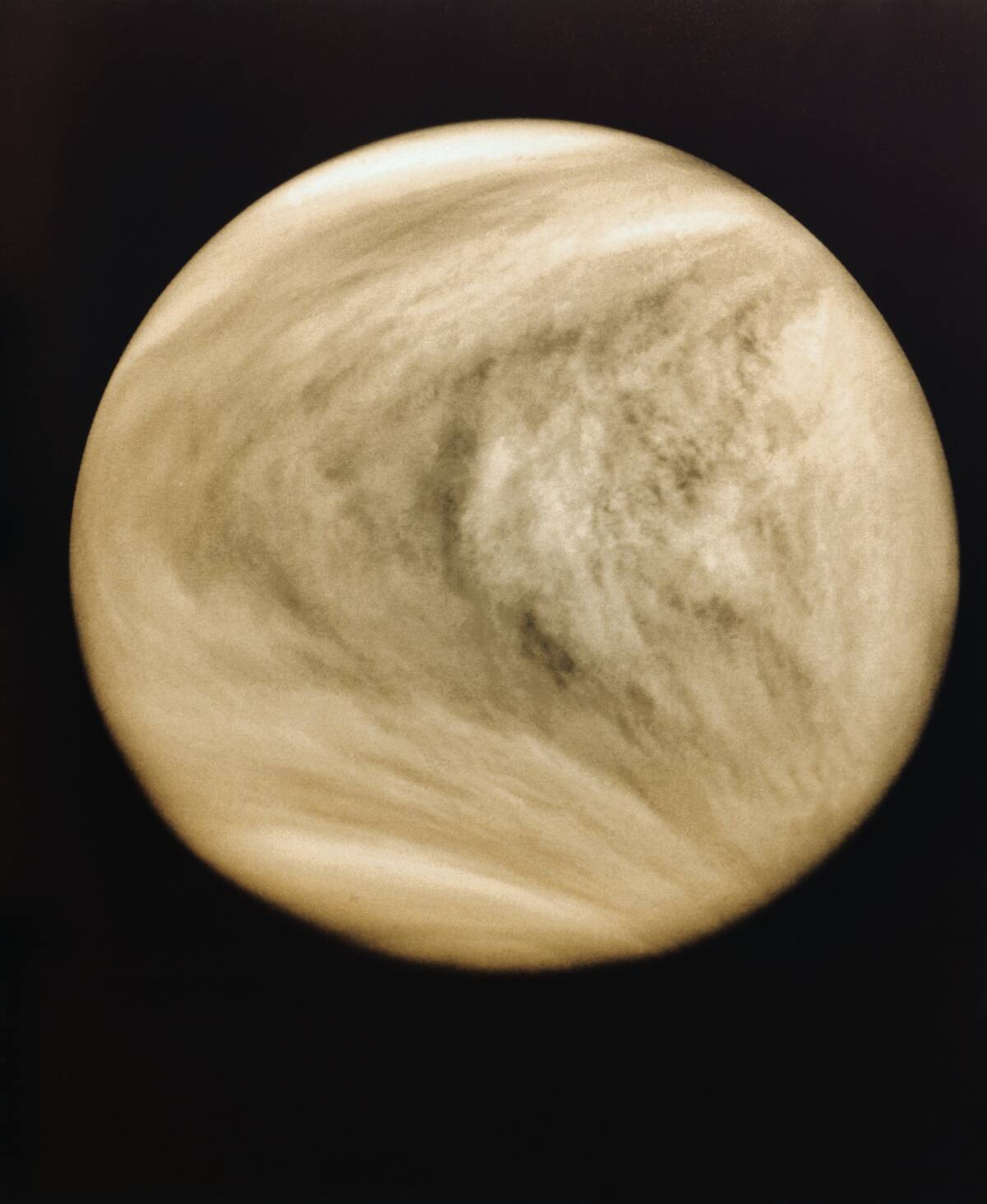
Venus is often called Earth’s twin due to its similar size and composition, but its conditions are anything but Earth-like. With a thick atmosphere rich in carbon dioxide, Venus experiences a runaway greenhouse effect, leading to surface temperatures hot enough to melt lead. The planet’s clouds are made of sulfuric acid, and it rotates in the opposite direction to most planets, a retrograde rotation that remains a mystery to scientists.
Earth: The Blue Marble of the Solar System
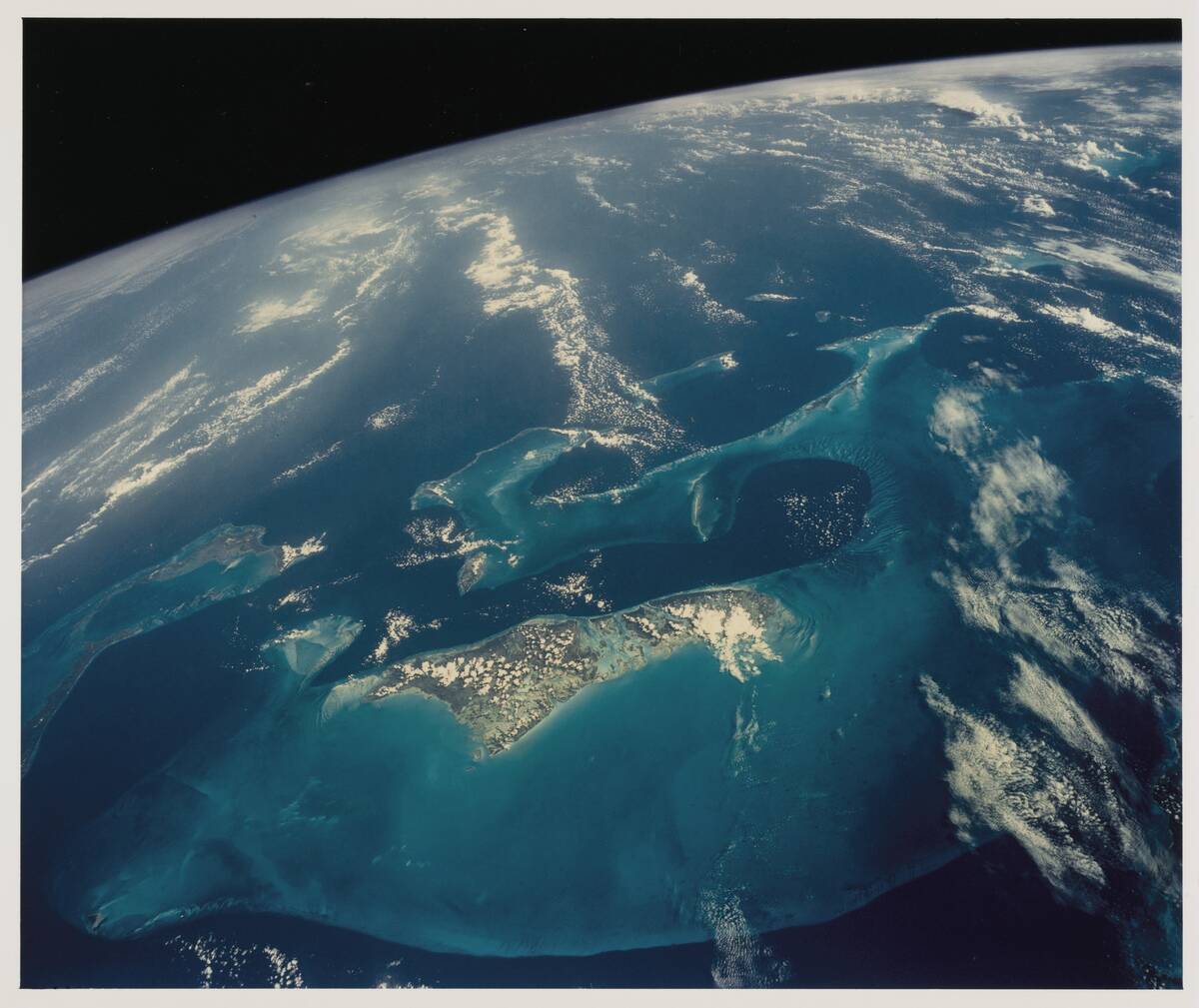
Earth, our home, is the only known planet to harbor life, earning it the nickname ‘the Blue Marble.’ Its surface is 71% water, and it possesses a rich atmosphere that supports a diverse array of life forms. Earth’s position in the habitable zone allows it to maintain liquid water, a crucial ingredient for life. Its unique tilt on its axis gives us seasons, while its magnetic field protects us from harmful solar and cosmic radiation.
Mars: The Red Planet’s Mysteries
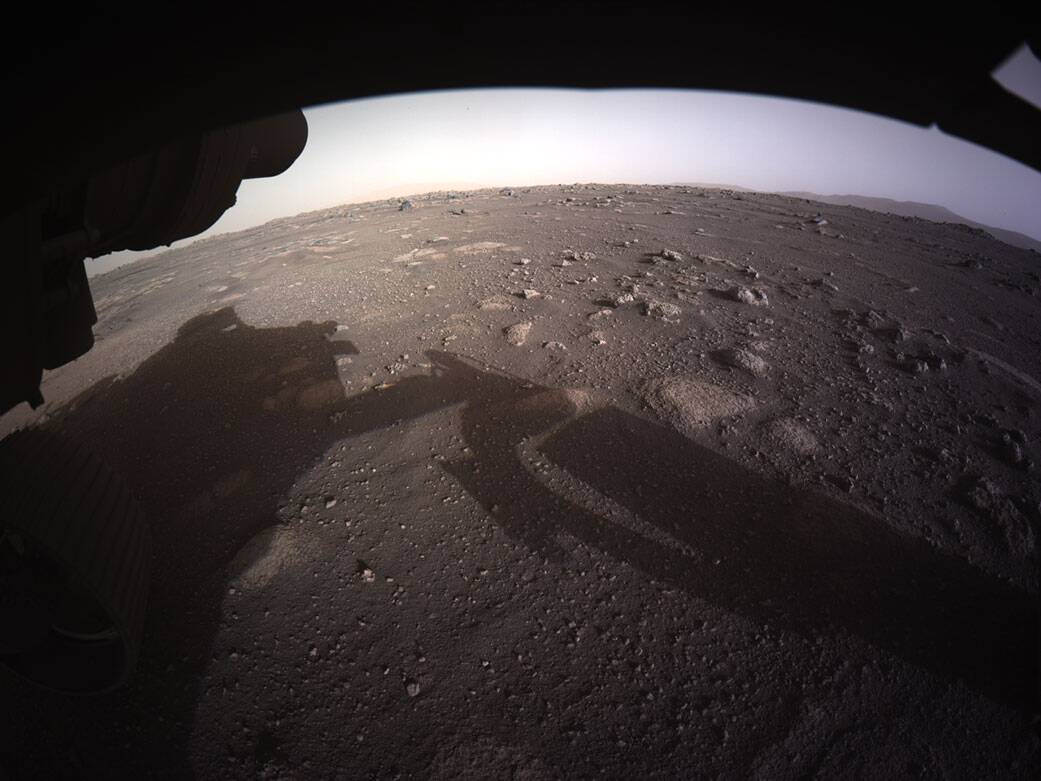
Mars, the Red Planet, has long captivated human imagination with its rusty red appearance. This color is due to iron oxide, or rust, on its surface. Mars hosts the tallest volcano in the solar system, Olympus Mons, and a canyon, Valles Marineris, that dwarfs the Grand Canyon. Scientists are particularly intrigued by Mars due to evidence of past water flow, raising questions about the possibility of ancient life on the planet.
Jupiter: The Gas Giant with a Great Red Spot
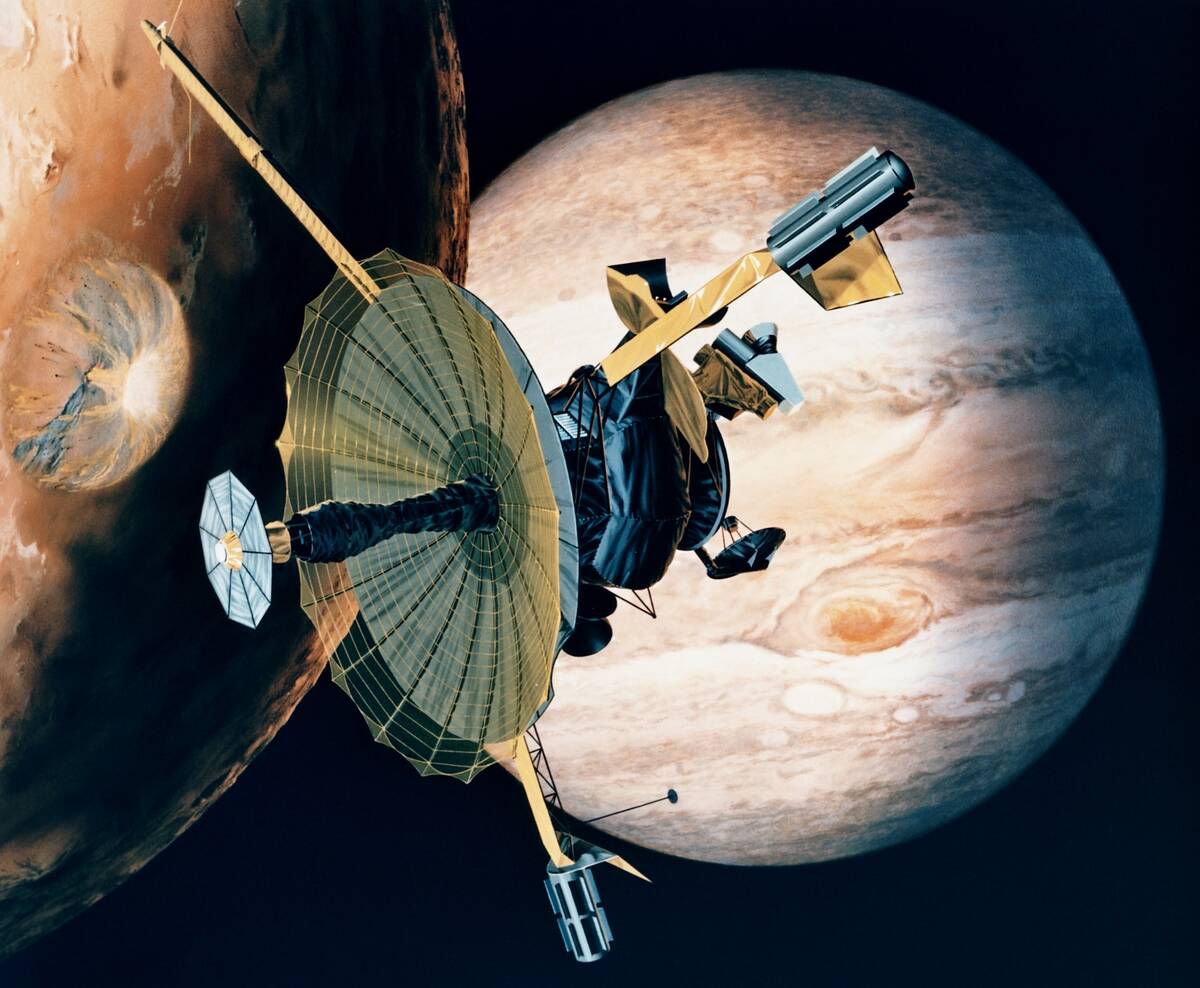
Jupiter is the largest planet in our solar system, a gas giant with a mass more than twice that of all the other planets combined. Its most iconic feature is the Great Red Spot, a massive storm larger than Earth that has raged for centuries. Jupiter’s atmosphere is mostly hydrogen and helium, and it has a vast number of moons, including Ganymede, the largest moon in the solar system, which is even bigger than Mercury.
Saturn: The Show-Stopping Ringed Wonder
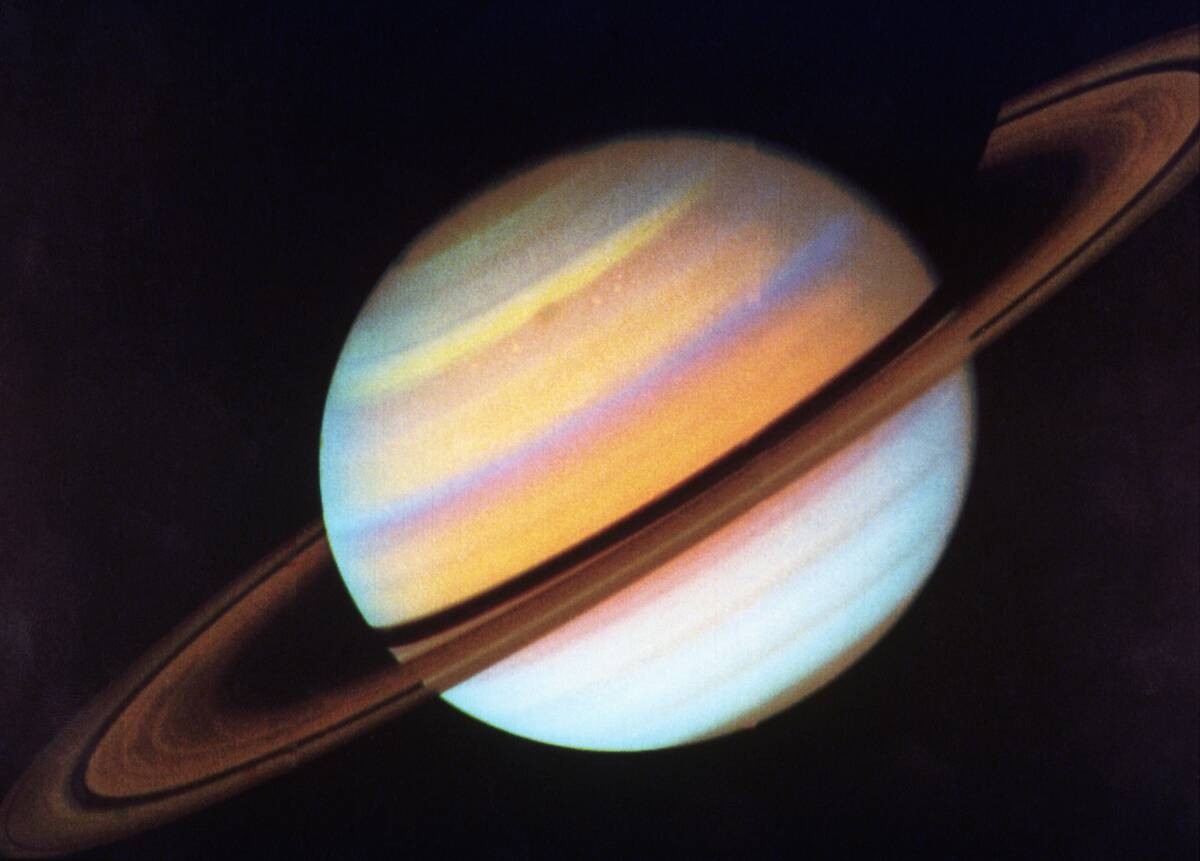
Saturn is famous for its stunning rings, composed of ice and rock particles. These rings are thought to be remnants of comets, asteroids, or shattered moons. Saturn, a gas giant like Jupiter, is mostly made of hydrogen and helium. It has over 80 moons, with Titan being the largest – larger, in fact, than the planet Mercury. Titan’s dense atmosphere and surface lakes of methane make it one of the most intriguing bodies in the solar system.
Uranus: The Tilted Ice Giant
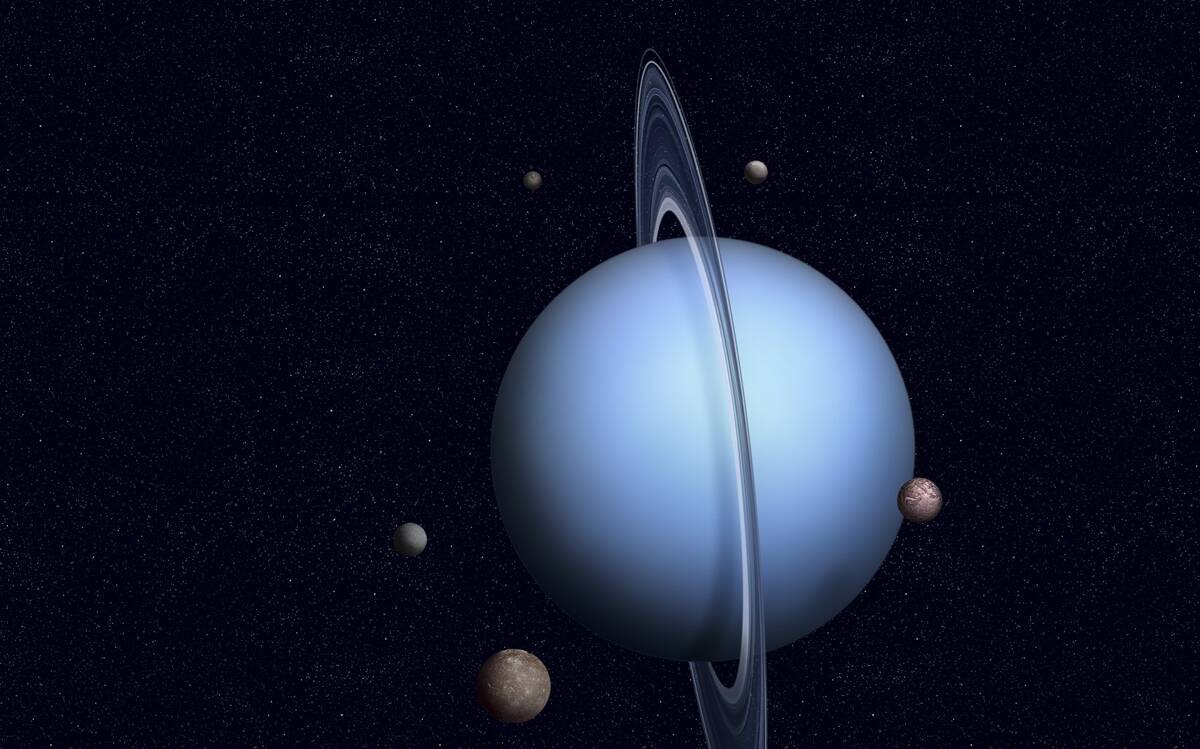
Uranus stands out with its unique tilt, rotating on its side at a 98-degree angle. This ice giant is a pale blue color due to methane in its atmosphere, which absorbs red light and reflects blue. Uranus has 27 known moons and a faint ring system. Its extreme tilt results in unusual seasonal variations, with each pole getting around 42 years of continuous sunlight, followed by 42 years of darkness.
Neptune: The Windy Blue Planet
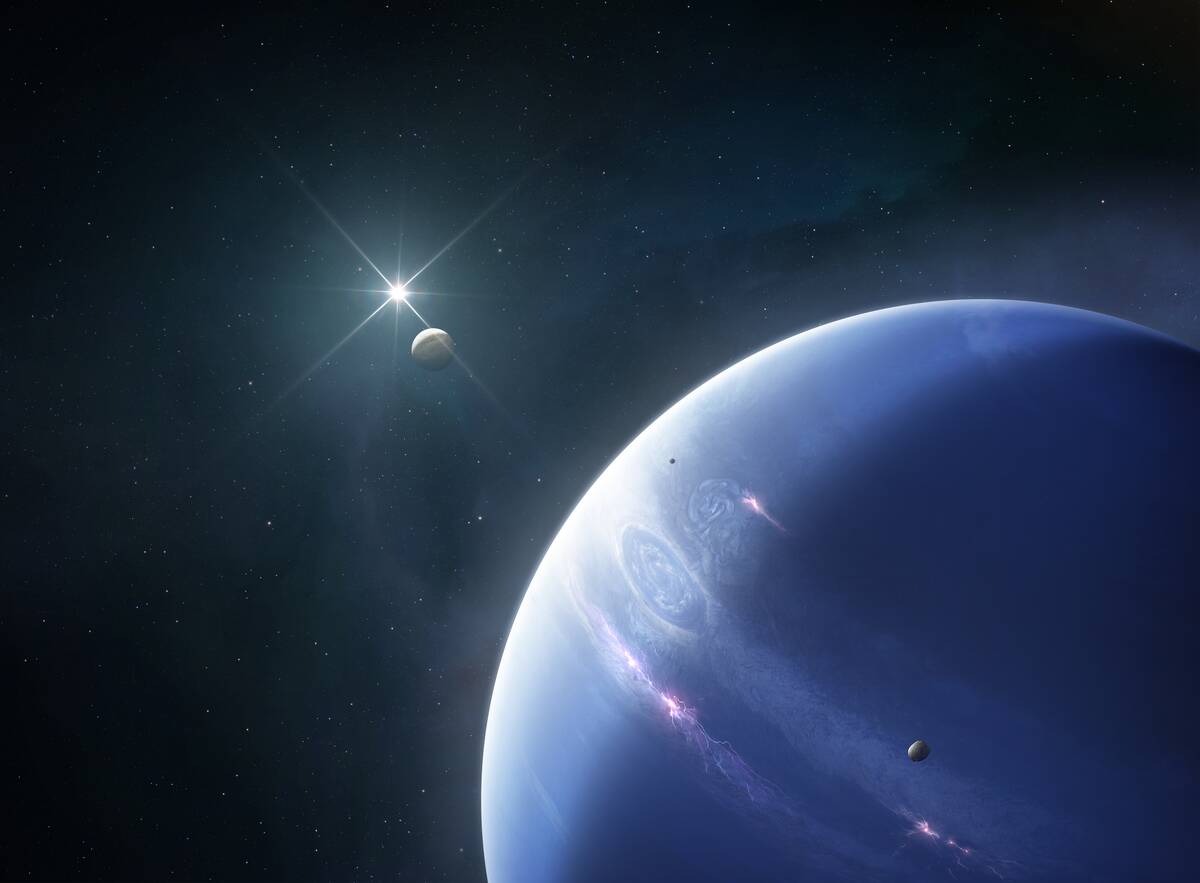
Neptune, the farthest planet from the sun, is known for its deep blue color, also due to atmospheric methane. It boasts the fastest winds in the solar system, reaching speeds of over 1,200 miles per hour (2,000 kilometers per hour). Neptune’s Great Dark Spot is reminiscent of Jupiter’s stormy feature, though it appears and disappears over time. This ice giant has 14 known moons, with Triton being the largest, characterized by geysers of nitrogen.
Pluto: The Dwarf Planet with a Big Heart
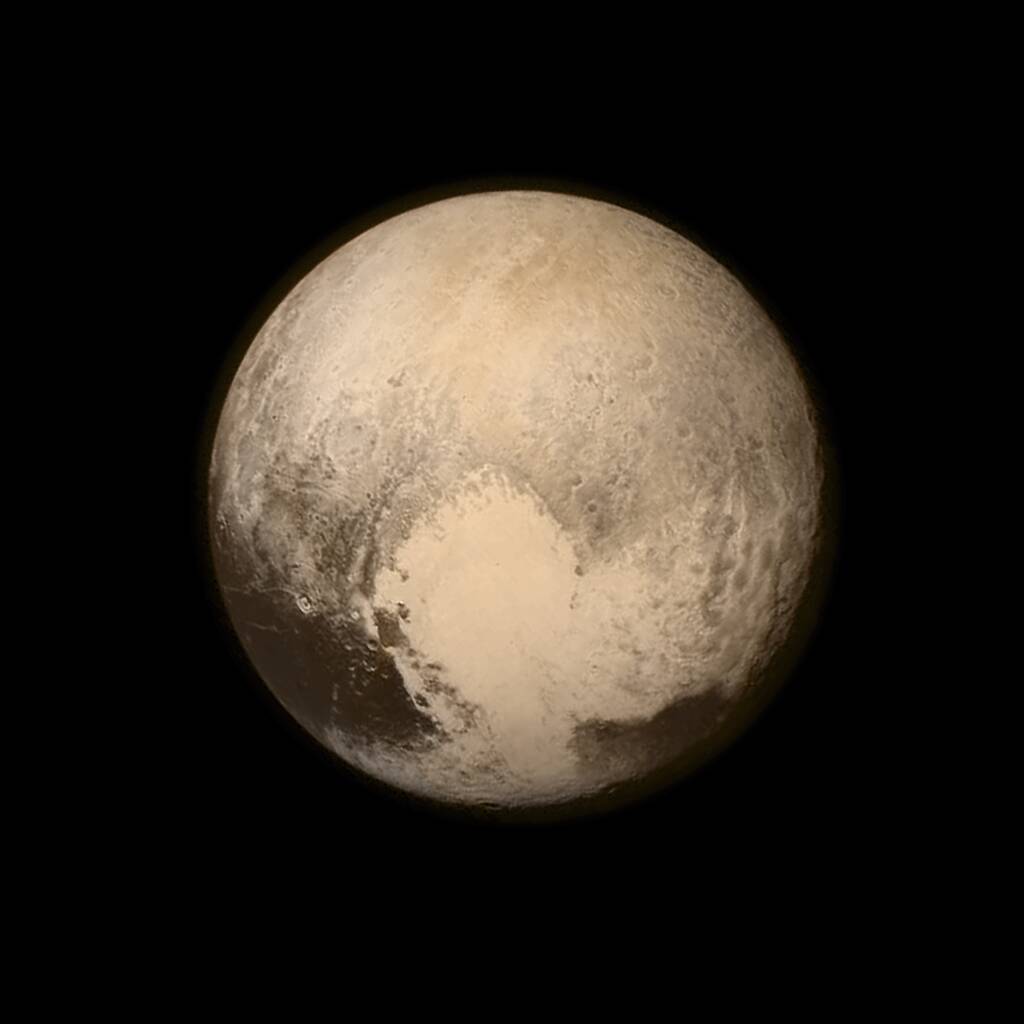
Once considered the ninth planet, Pluto is now classified as a dwarf planet but still holds a special place in our solar system. Its heart-shaped glacier, made of nitrogen and methane ice, is one of its most distinctive features. Pluto has five known moons, with Charon being the largest. The New Horizons mission provided new insights into this distant world, revealing a surprisingly complex and geologically active surface.
Asteroids and Comets: Solar System Wanderers
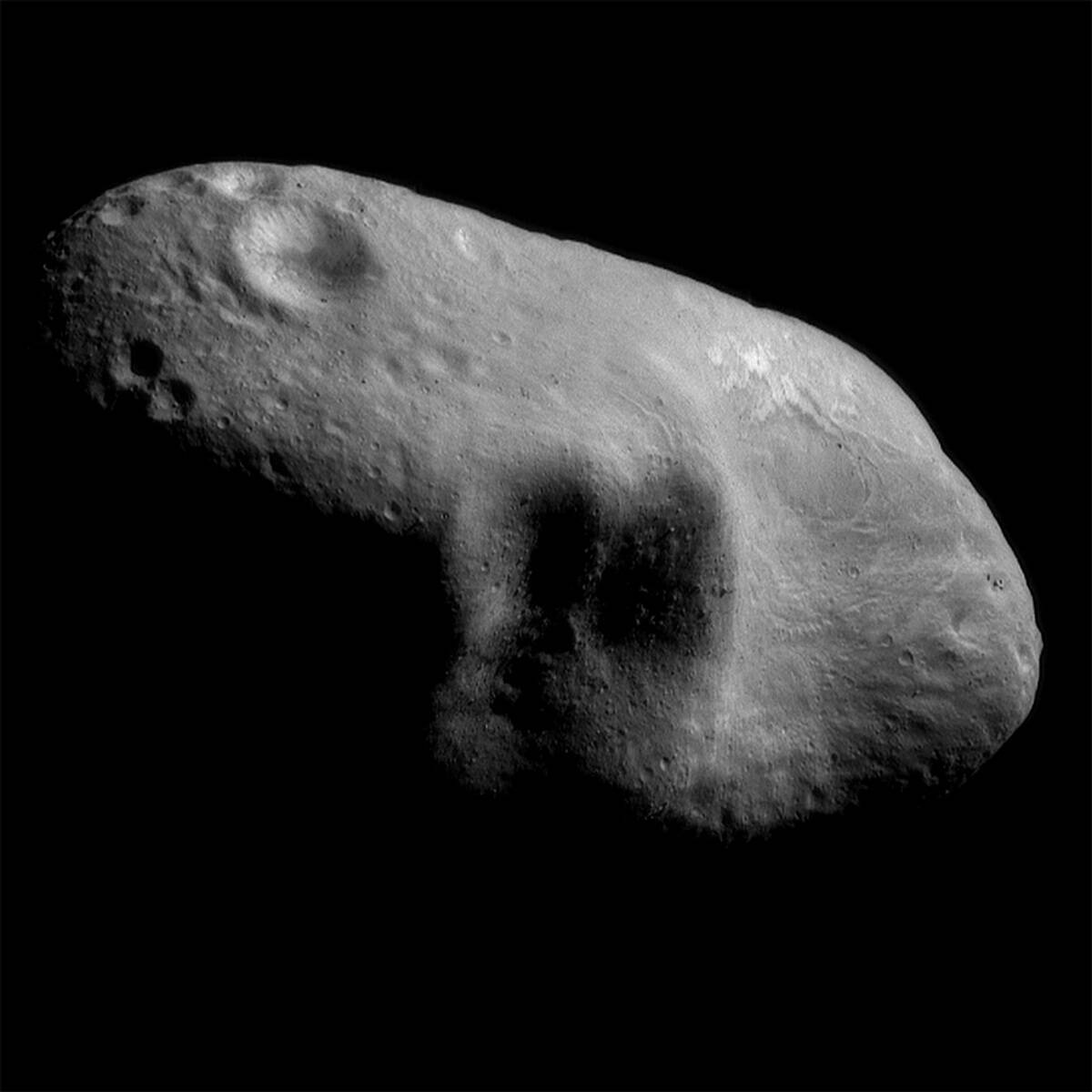
Asteroids and comets are fascinating wanderers of our solar system, offering clues about its early days. Asteroids, primarily found in the asteroid belt between Mars and Jupiter, are rocky remnants from the solar system’s formation. Comets, with their bright tails, originate from the icy edges of the solar system. When a comet approaches the sun, its icy nucleus releases gas and dust, creating a glowing coma and tail visible from Earth.
The Kuiper Belt and Oort Cloud: Cosmic Frontiers
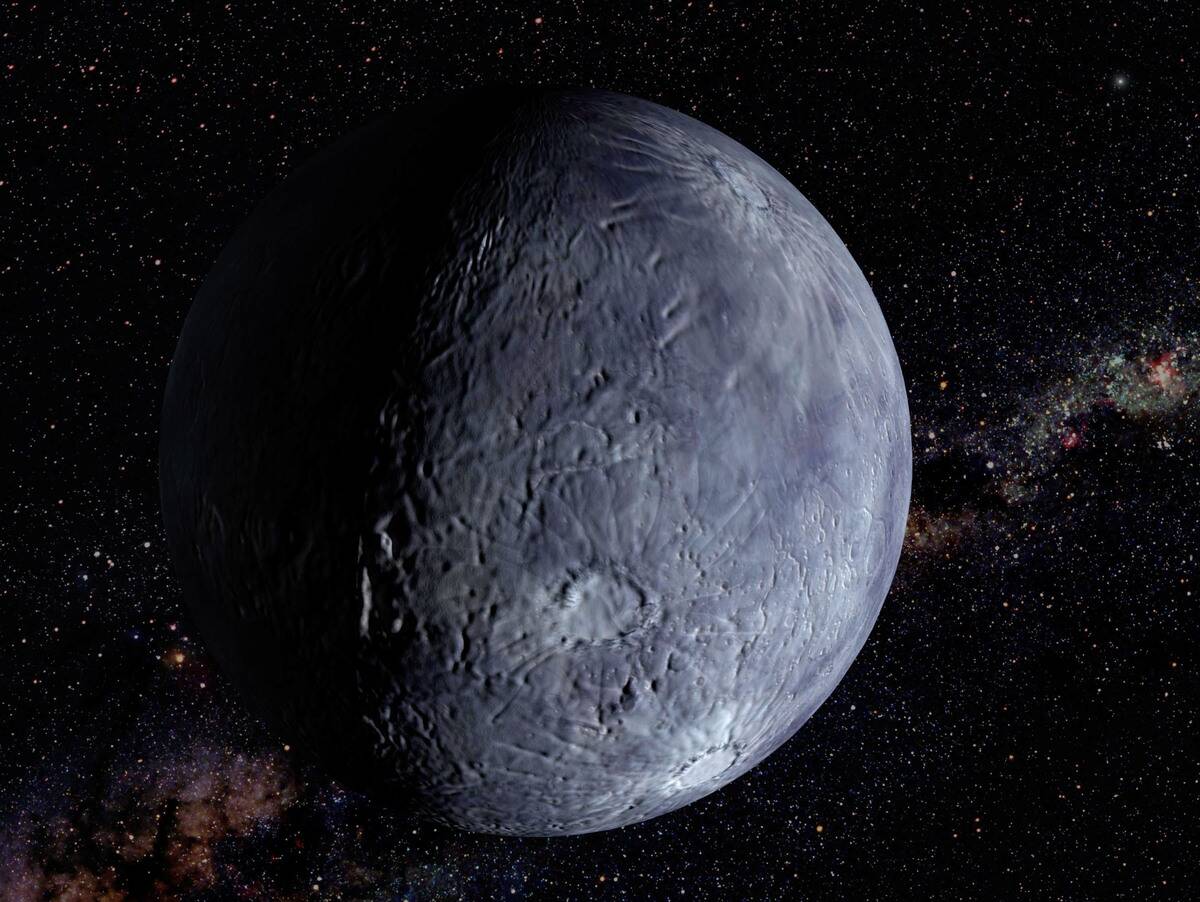
Beyond the planets lies the Kuiper Belt, a region of icy bodies including dwarf planets like Pluto. It’s a remnant from the solar system’s formation, home to many comets and other small bodies. Farther out, the Oort Cloud is a hypothetical shell of icy objects, believed to be the source of long-period comets. These distant frontiers represent the outermost edge of our solar neighborhood, a boundary between the known and the unknown.
The Solar System’s Formation: A Star is Born
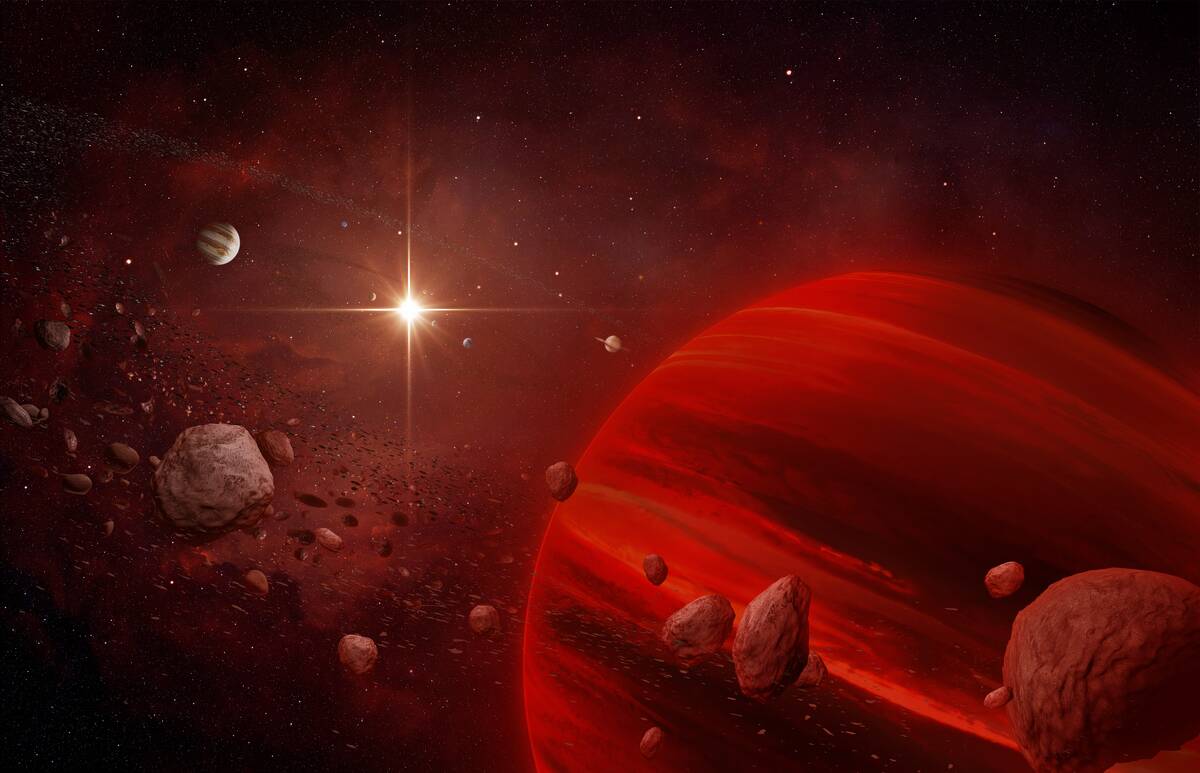
Our solar system’s story began about 4.6 billion years ago in a cloud of gas and dust. A nearby supernova likely triggered the collapse of this cloud, leading to the formation of the sun in the center. The remaining material flattened into a rotating disk, where planets, moons, asteroids, and comets formed. This process, known as accretion, eventually led to the diverse and dynamic system of celestial bodies we observe today.




